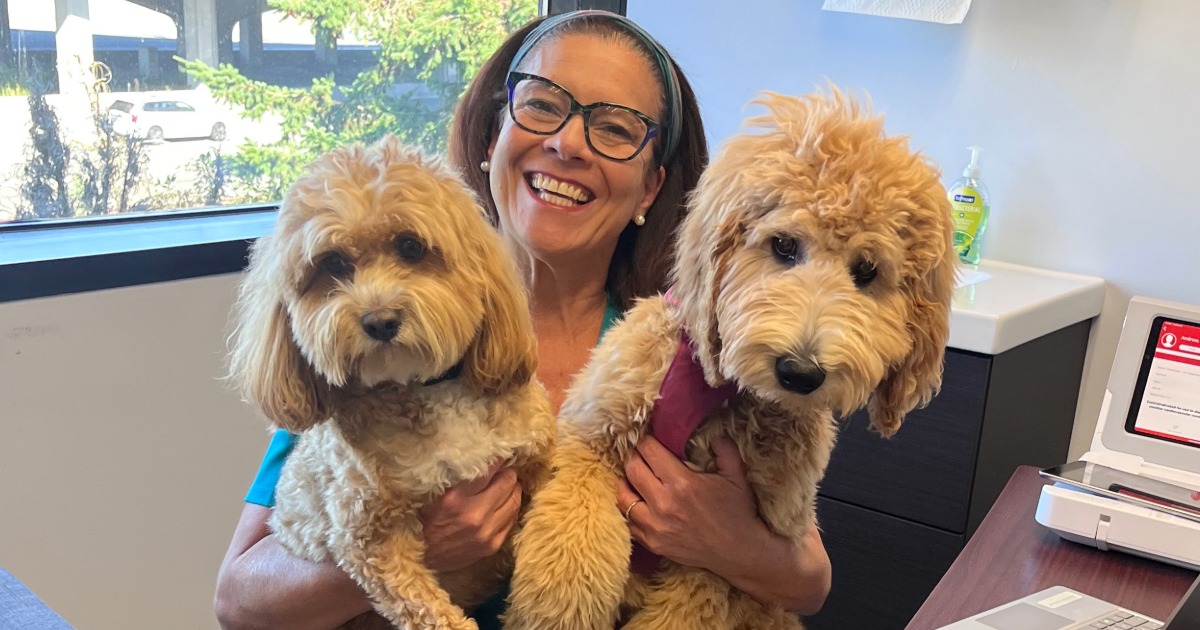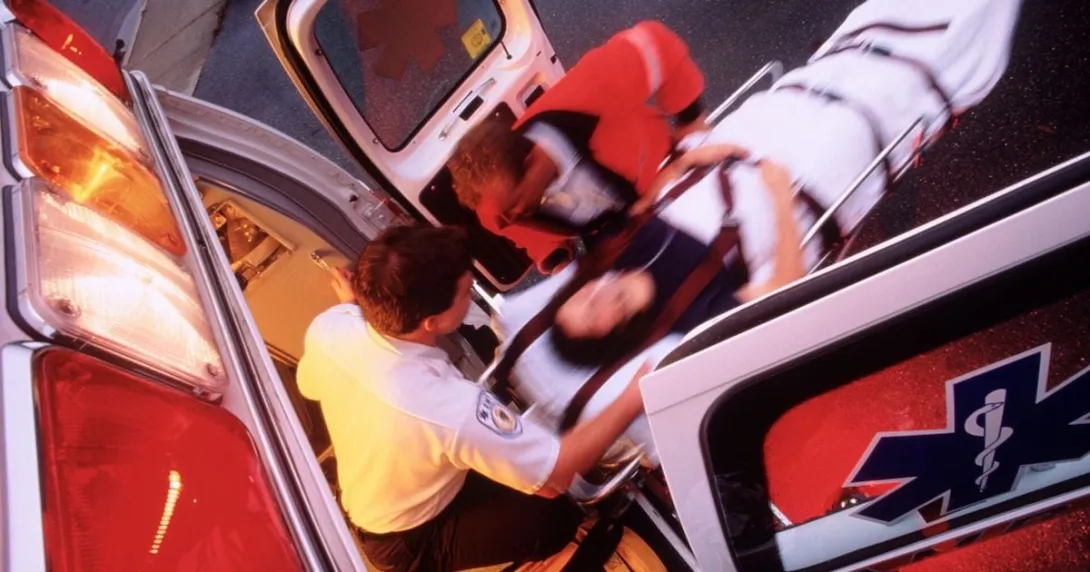
PruittHealth provides skilled-nursing, rehab, home health and other services throughout the southeast. It has always prioritized top-notch resident outcomes.
THE CHALLENGE
However, like many healthcare organizations, it faced growing challenges in managing patient acuity and preventing unnecessary hospitalizations – especially amid ongoing staffing shortages.
While it had clinical processes in place, pulling together the right data at the right time was time-consuming. Staff were relying heavily on manual methods to identify which residents were at the highest risk and determine what actions were needed. This limited the ability to proactively intervene early and drained resources.
The organization had determined it needed a tool that could give staff real-time visibility into clinical risks, help frontline staff prioritize residents who needed attention and support better decision-making. It wasn't just about having data – it was about having meaningful insights staff could act on quickly.
PROPOSAL
As PruittHealth staff evaluated potential systems, they looked at options within the technology they already were using, including MatrixCare, the EHR platform across their skilled nursing, senior living, home health and hospice services. That's when they came across that vendor's Clinical Advanced Insights (CAI), an artificial intelligence-driven tool that identifies subtle changes in resident condition and flags potential risks early so teams can take action before a situation escalates.
"CAI gives our teams access to real-time, AI-powered data that highlights clinical risk patterns like falls, rehospitalization risk and changes in activities in daily living," said Keita Devero, vice president, HCC regulatory and quality improvement, at PruittHealth. "It brings those insights into a single view so our teams can focus on the residents who need the most attention.
"For example, CAI provides us with an acuity-level report that identifies the top 10 residents most at risk for hospitalization," she continued. "This allows us to focus our efforts during clinical meetings, rounds and huddles on the residents who truly need proactive care planning. The goal isn't just to flag problems; it's to help us understand the 'why' behind the data so we can have more meaningful discussions and take more targeted actions."
MEETING THE CHALLENGE
Staff started by integrating CAI into their weekly clinical risk meetings and top 10 rounding processes. Senior nurse consultants were key to driving adoption. They didn't just tell people to use the tool, they went on-site, sat in on meetings and walked staff through the reports. The organization also included administrators, directors of health services and therapists to ensure alignment across the interdisciplinary team.
"One of our most effective practices was conducting 'top 10 rounds' based on the CAI acuity reports," Devero noted. "We'd ask: Why are these residents on the list? What are we doing for them? Are there changes in condition we need to act on today? Over time, we brought those insights into shift huddles and even floor-level conversations with CNAs and nurses."
For example, if one resident was showing signs of risk, staff would talk it through together: What are you seeing? Has their appetite changed? Are they more fatigued?
"The tool has become part of our everyday practice," she said. "We even incorporated CAI insights into discharge planning and documentation, which helps justify continued therapy when needed, backed by objective data."
RESULTS
The most measurable success from this AI-driven tool has been a reduction in the rehospitalization rate. This reduction reflects fewer disruptions for residents, better continuity of care and stronger outcomes across the board, Devero reported.
"We've also made progress in early identification of ADL declines," she said. "By using the tool's insights to flag residents whose functional status is changing, we've been able to engage therapy sooner, involve restorative aides and reduce the risk of further deterioration.
"On falls, we're beginning to see movement in the right direction, as well," she continued. "CAI has helped us identify contributing risk factors early on, which allows us to bring therapy into the conversation sooner. That kind of early collaboration is helping us strengthen our fall prevention efforts and drive better outcomes over time."
A new study in the Journal of the American Medical Directors Association, separate from PruittHealth, has found that CAI-enabled sites achieved significantly better performance on 16 of 18 quality measures. This includes a 59% greater reduction in residents with depressive symptoms, 22% greater reduction in residents needing help with daily activities, and 9% greater reduction in major falls.
ADVICE FOR OTHERS
Start with a plan to embed this type of technology into the culture of a healthcare organization, not just into workflow, Devero advised.
"The technology is powerful, but it only works if your team knows how to use it and understands why it matters," she continued. "That means involving frontline staff early, training them on what the reports mean, and showing them how it makes their job easier and does not mean additional steps.
"Also, be intentional about who's responsible for using the insights," she added. "In our case, senior nurse consultants were instrumental in championing the tool and building buy-in. It's not just for clinical leaders. Everyone from the administrator to the CNA should understand how this data helps us deliver better care."
Especially with ongoing staffing challenges, tools that surface real-time clinical risks and guide care planning have become essential, she said.
"They help care teams stay focused on what matters most, think critically and work more efficiently," she concluded. "AI-powered insights have helped us do exactly that."
Follow Bill's health IT coverage on LinkedIn: Bill Siwicki
Email him: bsiwicki@himss.org
Healthcare IT News is a HIMSS Media publication.
WATCH NOW: How can an IT exec become a Chief AI Officer – and then work with the C-suite


